Quantum Field Theory on the Edge of Metaphysics - Part II
Interactions, non-locality, and 'stuff,' according to QFT
In the previous post, I emphasized the unavoidable need for conceptual clarity when contemplating philosophical issues such as the problem of mental causation, which speculates on non-physical minds interacting with physical bodies. This clarity is essential to avoid confusion, especially concerning terms like 'material' versus 'immaterial' and 'physical' versus 'unphysical,' as well as their relationship to contemporary physics, particularly in the context of quantum field theory.
Ambiguities of the Quantum World
However, while this provided a description of modern science's perspective, it ultimately failed to establish a clear distinction between physicality and non-physicality. This viewpoint also contains ambiguities.
Interestingly, QM and QFT inherently possess a Platonic flavor, featuring unobservable abstract entities that, while not directly observable or verifiable, are integral to the physical theory. In QFT, a quantum field is not a tangible substance but is instead represented by abstract mathematical operators that act at every point in space and at specific moments in time. Other examples include the ambiguous epistemic or ontological status of the wavefunction, the ghostly appearance and disappearance of virtual particles in the quantum vacuum, and the non-unitary evolution resulting from the measurement process (the measurement problem and the infamous ‘collapse’ of the wavefunction). Opinions vary widely on whether these entities or processes should be regarded as 'physical' or 'real' beyond useful mathematical abstractions.
A clear example of this situation is the well-known wave-particle duality, in which particles like electrons and photons display both wave-like behaviors (such as interference and diffraction) and particle-like behaviors (such as localized interactions on detectors). For a more in-depth description of this, see here.
In QM, the states of particles are described by the wavefunction—a mathematical function that represents a traveling wave with both real and imaginary components. The square of its modulus represents the probability density, for example indicating where the particle is likely to be found.
While in QFT, this wave-particle duality is reconciled by viewing particles as discrete excitations of underlying continuous wave-like quantum fields. However, the ontology of these concepts remains ambiguous. Although wavefunctions and quantum fields are the fundamental entities that describe reality, nobody has seen these entities. Our observations are limited to the detection of point-like interactions impacting detectors rather than waves or fields. The question of whether wavefunctions or operator-valued fields should be regarded as 'real' and 'physical' objects or merely as abstract mathematical tools devoid of ontology is ultimately a matter of personal philosophical preference.
Then, while the microcausality condition (nothing goes faster than light) is preserved, long-distance correlations can arise between space-like separated entangled particles. This means that quantum theory is inherently non-local, which complicates the classical understanding of spatial relationships. More on this next.
A further ambiguity arises when we consider that QFT is embedded in a special relativistic framework where space and time are not absolutes but relative. Spacetime is often considered the primary ingredient for what we term ‘physical.’ But neither space nor time are fixed. According to Einstein’s special relativity, clocks can slow down, and lengths can contract. In general relativity, things become even more weird. If we consider anything that cannot be described in spatiotemporal terms as unphysical, should we then view the interior of a black hole beyond the event horizon—where our understanding of spacetime breaks down—as ‘unphysical’? QFT is not a general relativistic theory, so we cannot definitively answer this question. However, it is unlikely that general relativistic—let alone classical—notions of spacetime survive in such extreme conditions. This makes the characterization of physicality tied to spatiotemporal concepts questionable.
Meanwhile, some contemporary efforts to unify quantum physics with general relativity into a theory of quantum gravity are raising questions about the nature of space and time themselves. Rather than being fundamental structures of reality, they might be emergent properties arising from a deeper layer of existence that transcends spatial and temporal dimensions. If a theory of quantum gravity were to be successfully confirmed—one that views spacetime not as fundamental but as an emergent property—would the criteria used to differentiate between 'physical' and 'unphysical' entities still hold?
Taken together, these aspects of QM and QFT should prompt us to take some precautions regarding the conceptual categories we employ when we speculate about unphysical minds interacting with the physical world. The categories with which we discriminate between what is physical and unphysical are ideas tied to our subjective perceptions of reality and are mental abstractions that are useful for navigating our everyday lives; however, they have little to do with the more fundamental structure of reality. This is something we tend to forget when constructing theoretical castles about interactive dualism.
What Are ‘Interactions’ and ‘Substances’?
Given that the problem of mental causation contemplates the interaction between minds and bodies or brains, it might be helpful to clarify what ‘interaction’ means in contemporary physics. Particularly in QFT, this concept differs significantly from our ordinary intuition.
Interactions in QFT are represented as the coupling of fields in scattering processes. They are defined by the higher-order (non-quadratic) terms in the Lagrangian density (a mathematical function that summarizes the dynamics of a physical system), representing nonlinear couplings between fields—that is, the exchange of energy and momentum. These are useful for describing scattering processes in which particles deflect each other, eventually producing new particles in creation or annihilation processes. Meanwhile, weak force interactions determine decays, with unstable particles transforming into lighter ones. As an intuitive metaphor, just imagine two water waves crossing each other, but with their shapes and paths altered as they interact, eventually splitting into several smaller waves.
The interaction Lagrangian determines the scattering matrix, or S-matrix, which is a mathematical object that encodes the probabilities for all possible initial particle states to scatter into final particle states, as a weighted sum of all possible ‘histories.’ Computing its matrix elements provides a way to calculate scattering amplitudes—that is, the transition probabilities from an initial state to a final state of each of these possible 'histories’—for which perturbative expansion terms are graphically represented as Feynman diagrams. These are pictorial representations of the interaction by an exchange of virtual particles. Symmetries constrain the possible forms of the interaction Lagrangian and, thereby, determine the structure of these interactions.
The strength of the interaction is quantified by a coupling constant. For instance, in the interaction between an electron field and a photon field, the fundamental electric charge of the electron, denoted as e, serves as the coupling constant in quantum electrodynamics. Meanwhile, in a Feynman diagram, the electromagnetic force is represented as a virtual photon exchange between charged particles. Fig.3 illustrates a scattering process, with time flowing along the vertical axis, between two electrons (depicted as straight lines) through the exchange of a virtual photon (shown as a wavy line). Virtual particles can be considered temporary disturbances of a field that exist for only extremely short time intervals during the interaction. They are called 'virtual' because they are a mathematical tool used in perturbation theory, not measurable entities corresponding to stable, propagating, physical objects.
Fig. 4 presents a simplified version of a more general interaction process as conceived of in QFT. Two incoming particles (represented by straight lines p1 and p2) scatter in a spacetime region (the grey circle), where they exchange energy and momentum through a complex process, resulting in two outgoing—potentially different—particles (the continuous lines p3 and p4.) The energy-momentum transfer, mediated by the exchange of virtual particles (which are not necessarily virtual photons), can occur in various ways. The first possible history (first order scattering amplitude) is that of Fig. 3, but an infinite number of other possible interaction schemes is possible.
This counterintuitive conception of what an interaction is in QFT, while perfectly coherent from a theoretical and mathematical standpoint and at the basis of one of the most successful theories of all time (namely, the standard model of particle physics), highlights that we shouldn’t interpret these graphical representations as having any ontology other than fictions that serve our naïve intuition. However, we must recognize that our everyday experience of ‘interactions’ in terms of substances 'colliding' or 'contacting' each other is merely a mental abstraction based on subjective sensations. This conception, which more or less implicitly often still survives in the interactive dualism debates, lacks significance at a more fundamental level; it arises on a macroscale from a collective phenomenon of countless microscopic quantum scattering processes. There is no solid, point-like particle that bounces off another point-like or extended rigid object, nor is there a classical understanding of an extended continuous substance occupying a definite volume of space. There is only a complex interaction of fields that manifests through a localized exchange of forces in space and time.
Have you ever wondered why you can’t walk through a wall? What happens when you bang your head against a wall, aside from the enjoyable sensation? This seemingly naïve question is actually quite complex and requires intricate quantum field theoretical explanations. In simple terms, the answer lies in the electromagnetic forces at the atomic level. Both our bodies and the wall are composed of atoms, which consist of a dense nucleus surrounded by a cloud of electrons. When we attempt to push through a wall, this cloud of electrons in the body’s atoms and molecules repel the electron clouds in the wall's atoms and molecules due to electrostatic forces. It is this strong resistance prevents us from passing through walls. There is no such thing as a ‘contact’ between two solid objects as we conceive of the contact between two marbles. What we perceive as a ‘collision’ between two material bodies is not about solid objects colliding. Rather, it is about microscopic force fields interacting. Ultimately, all these interactions boil down to the exchange of virtual immaterial photons, as shown in the Feynman diagram in Fig. 3. The combination of this electromagnetic repulsion and other quantum mechanical effects makes objects appear impenetrable—that is, ‘hard’ or ‘gross’ stuff.1
In other words, the classical notion of ‘matter’ as a substance becomes problematic. Matter itself represents an expression of a force field, always reducible to an exchange of forces—specifically, the mutual interactions of these fields. Positing matter in a definition of what must be considered 'physical' is misleading; force fields are more fundamental.
Notice that QFT doesn’t provide a solution to the ‘heterogeneity problem’ (how can substances that are so fundamentally different influence one another?); it simply ignores it. In QFT, quantum fields do not need to have anything in common to interact with each other. For example, an electron, which is a localized excitation of the electron field, interacts with a photon, the excitation of the electromagnetic field. In contrast, gluons (the carriers of the strong nuclear force) and the W⁺, W⁻, and Z⁰ gauge bosons (the carriers of the electroweak nuclear force) couple with quarks but not with electrons and all the other leptons. On the other hand, photons, despite their commonality, do not couple with one another.2 What determines these interactions involves a complex series of factors, such as particle charge, the gauge symmetries governing the scattering process, higher-order correction terms in the Lagrangian, etc. However, aspects like 'commonality,' 'sameness,' and 'diversity' of the fields do not play a role. At the most fundamental level, physical reality does not align with our classical understanding of how ‘substances’ interact. Nature couldn’t care less about the distinctness or sameness, or the independence, lack of commonality, or radical difference in the kind of properties, states, or substances. It can interact (or doesn’t interact) whenever and with whatever it pleases, nonetheless.3
So, what then qualifies as ‘substance’?
In this framework, the notion of ‘substance’ also tends to become vague or even redundant. The problem of mental causation investigates how two fundamentally different substances can exert causal influence on one another. However, it often obscures the lack of philosophical consensus regarding the definition of ‘substance.’ This debate is as ancient as philosophy itself, tracing its origins from Aristotle to post-Roman Neoplatonism, encompassing the contributions of Arabic and Eastern traditions, and continuing through thinkers such as Locke, Hume, Kant, Spinoza, and Descartes. For a brief introduction, see (Hoffman and Rosenkrantz, 2009). Contemporary discourse has witnessed a resurgence of neo-Aristotelian hylomorphic interpretations (e.g., (Simpson, 2024)).
Broadly speaking, the ontology of substance can be conceptualized as an underlying entity, substratum, or noumenal Kantian ‘thing in itself,’ distinguished from its attributes and properties. It signifies something invariant that nonetheless maintains properties subject to change.
The curious aspect of QFT is that the ‘substances’ involved (massless or massive particles) and their interactions are ultimately both manifestations of quantum fields. In QFT, all interactions are understood as being the exchange of force-mediating particles between other particles, both of which are described as excitations of fields. No clear distinction exists between substance and interaction; both are made of the same object.
Thus, if we overlook the fundamental aspects of physical reality that modern science highlights and entertain ourselves with no better-defined ‘interactions’ between physical and metaphysical ‘substances’ while adhering to conventional everyday life interpretations of these terms or have in mind a 17th- to 18th-century physics, we will likely encounter persistent conceptual challenges and paradoxes.
QFT is certainly not the final theory; a theory of quantum gravity is likely to offer deeper insights into the nature of reality. Nevertheless, it is the best model we currently have, and its conceptual foundations can't be ignored in metaphysical speculations regarding interactions between 'immaterial,' 'unphysical,' and 'non-extended' minds and 'material,' 'physical,' and 'extended’ substances.
What Is a ‘Non-Spatial’ Substance?
The debate framed within Cartesian dualism becomes equally vague when we address how a non-extended mind—meaning a mind that is ‘non-spatial’—can interact with entities existing in a spatial realm. What might initially appear to be a well-defined question loses clarity when examined through the lens of the non-local nature of QM.
Let's explore the most distinctive quantum effect in this regard: quantum entanglement. Quantum theory states that when entangled particles undergo a measurement process, their previously non-separable pure state is instantaneously projected into a mixed state of distinguishable particles—i.e., the particles acquire definite properties. This results in an instant correlation (or anti-correlation) between the particles, even if they are light years apart—as if there were no extension separating them. This non-local aspect of QM famously prompted Einstein to complain about “spooky actions at a distance.”
Whether these non-local quantum phenomena can be promoted to 'non-spatial' phenomena is debatable. Quantum entanglement correlates measurements across space, yet it describes a physical process that cannot be framed within the classical or relativistic concepts of spatio-temporal causality. The holistic character of long-range correlations between coherent states doesn’t fit into our conventional notions of spacetime locality.4
Consequently, in the context of modern physics, this becomes one more reason for caution. The question is: Can a non-local mind qualify as 'non-spatial' or 'non-extended'? This is a mind that, while not situated in space, would still have the causal power to determine long-range correlations between physical systems.
Several objections to this hypothesis can be raised.
Mind-matter causality often relies on the ‘principle of transference,’ which posits that for A to be causally effective on B, A must transfer something to B. Causation appears to require something like a flow of energy or a force interaction between objects to produce physical effects. However, physical forces, along with energy, linear or angular momentum, spin, and other dynamical variables, are meaningful only within a context involving spatial relations parameterized over time. A context that would not only reintroduce the ontology that the hypothesis seeks to transcend but also violate conservation laws, particularly principles of energy and momentum conservation. This is why, since the time of Schrödinger, critics, including popular physicists like Sean Carroll, have argued that incorporating mental causation would necessitate a modification of the natural laws of physics.
Additionally, one should always keep in mind that non-local quantum phenomena, which correlate the observable properties of particles, cannot be used to exchange information. Although a measurement or interaction can cause a state projection that correlates the states of distant particles, the specific state into which each particle will be projected is an exclusively stochastic process. As a result, no useful signal can be sent from one particle to another.
Did this exploration of contemporary concepts of matter, substances, and interactions resolve the interaction problem of mental causation? No, it did not. However, I hope it provides a clearer foundation for understanding the philosophical issues involved and helps to eliminate naïve misconceptions about the categories we use in these discussions.
The third and final part of this essay will present a more personal conjecture, suggesting that while the objections mentioned above are technically valid, they can be circumvented by the inherent stochastic nature of QM and QFT.
References
Hoffman, J.; Rosenkrantz, G.S. (2009) “Substance.” A Companion to Metaphysics, 2nd ed. Wiley-Blackwell, p. 83-94.
Simpson, W. (2024). “Cosmopsychism and the Laws of Physics: A Hylomorphic Perspective.” Journal of Consciousness Studies, 31(9-10), pp. 132-157(26).
The subscription to Letters for a Post-Material Future is free. However, if you find value in my posts and would like to support my work, you can make a small financial contribution by buying me one or more coffees. You can also support me by ordering one of my books or follow one of my online courses. Thank you in advance!
It's more complicated than that. One must consider the Pauli exclusion principle, Heisenberg’s uncertainty principle, and other relevant factors. However, these technical details are not essential to the point being made here.
However, they do weakly interact in very high-energy scattering processes.
That said, it should be noted that, while the current standard model of particle physics does not conceive of a singular quantum field, as it assigns a separate quantum field to each type of particle, one can expect that a future theory of quantum gravity might unify these fields as specific states of a single universal quantum field. This would reintroduce a sense of commonality that aligns with our intuitive understanding of causal influences. On the other hand, it would also suggest viewing reality through the lens of substance monism instead of substance dualism. An investigation of the interaction problem from the perspective of a Spinozist worldview within modern QFT would be worthy of more attention.
One of the interpretations of QM is the Transactional Interpretation of QM, which suggests the existence of a quantum substratum of a pre-spatiotemporal and pre-empirical realm of possibilities rather than that of a mechanistic causal determinism mappable onto a Cartesian coordinate grid.


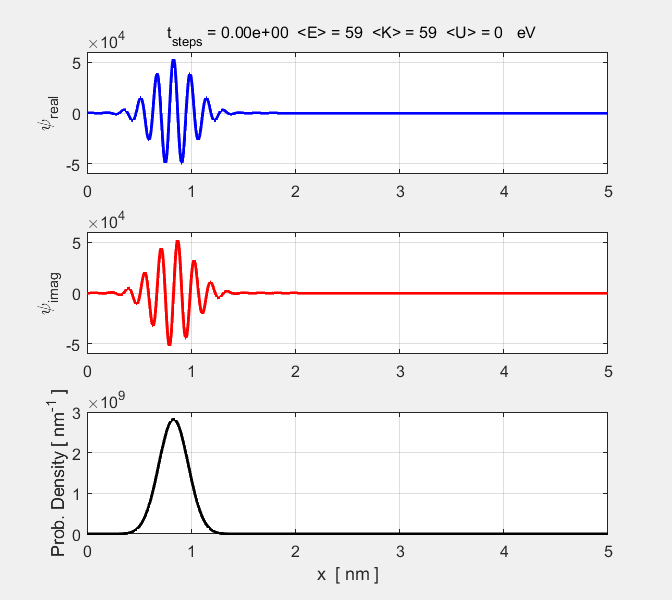
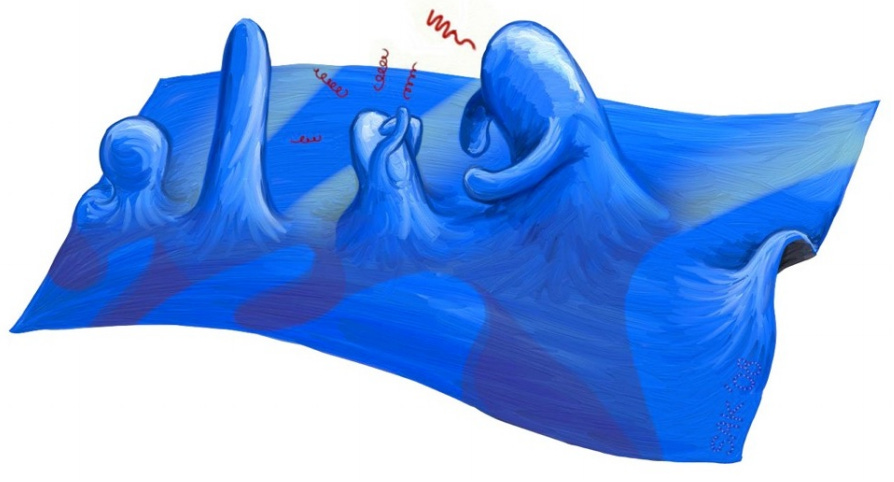
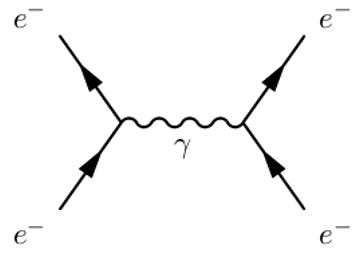

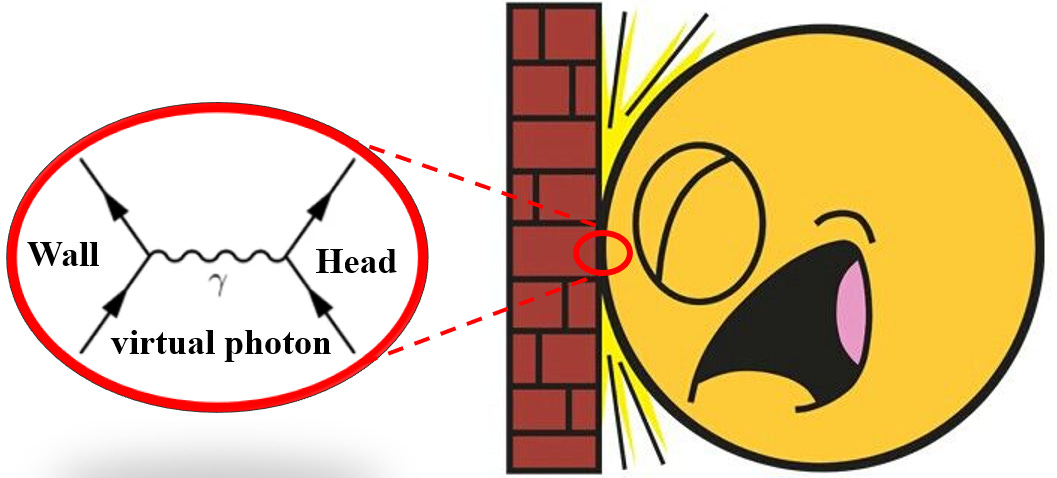
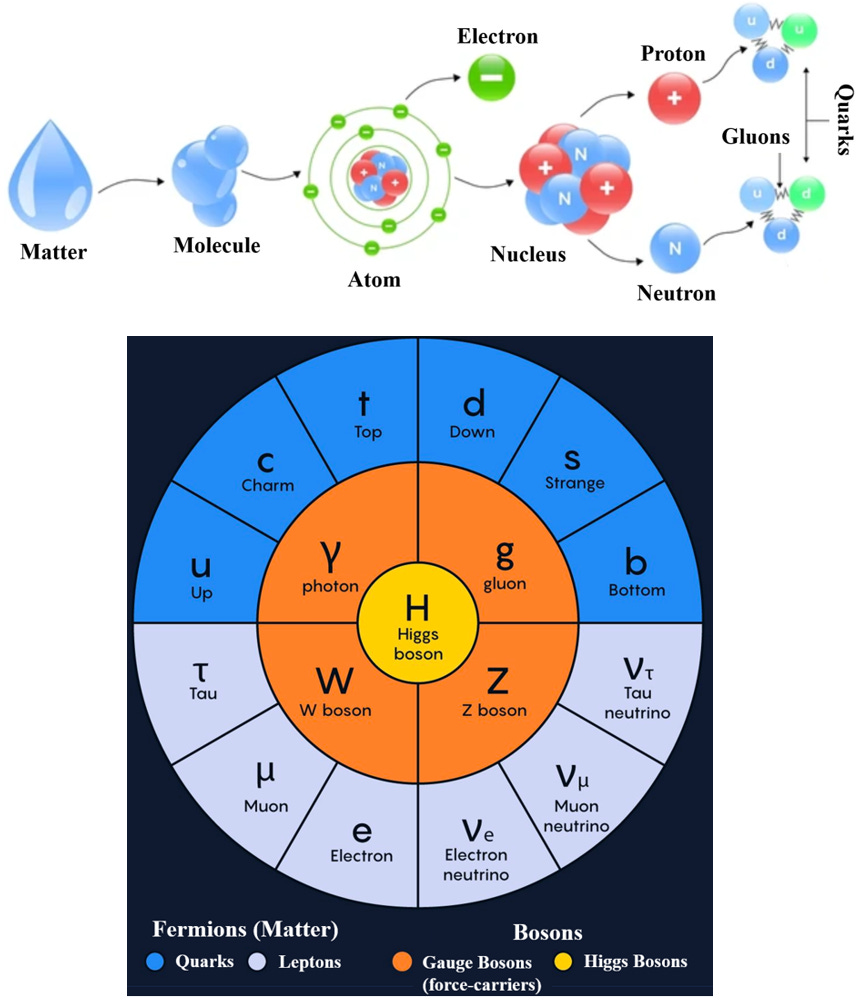
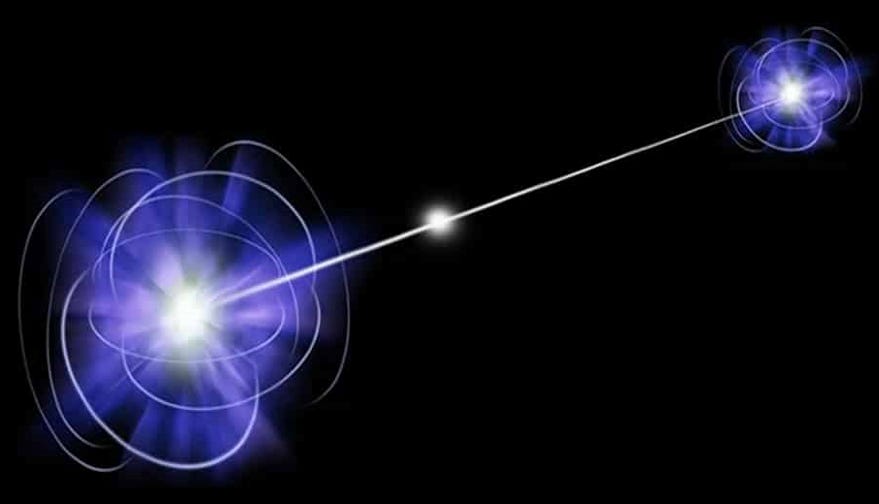
Very interesting takes, with the right ontological questions, which is rare, even Sean Carol has some essential things mixed up now and then.
This is more or less in line with my Kantian view on QM. Looking forward to part 3!
Maybe you'll find my articles of some interest, feel free to comment!
https://open.substack.com/pub/mathiasmas/p/kants-transcendental-idealism-as-a2a?r=3elpqi&utm_campaign=post&utm_medium=web&showWelcomeOnShare=false
When Sean Carroll argues that we must be willing to violate the laws of physics to allow for mental causation, I think he's riding on his popular audience's misunderstanding of what's at stake. They're likely thinking that violating the laws of physics involves pigs flying, mind reading, and Jesus walking on water, but that's nothing compared to what today's physics asks me to believe in. Am I willing to give up the reality of mathematical theoretical abstractions in favor of what cannot be dispensed with in lived experience? Sure! Physics can keep its quantum thises and thats, its multiverses, its spooky action at a distance. Just keep the cool technology coming. ;)